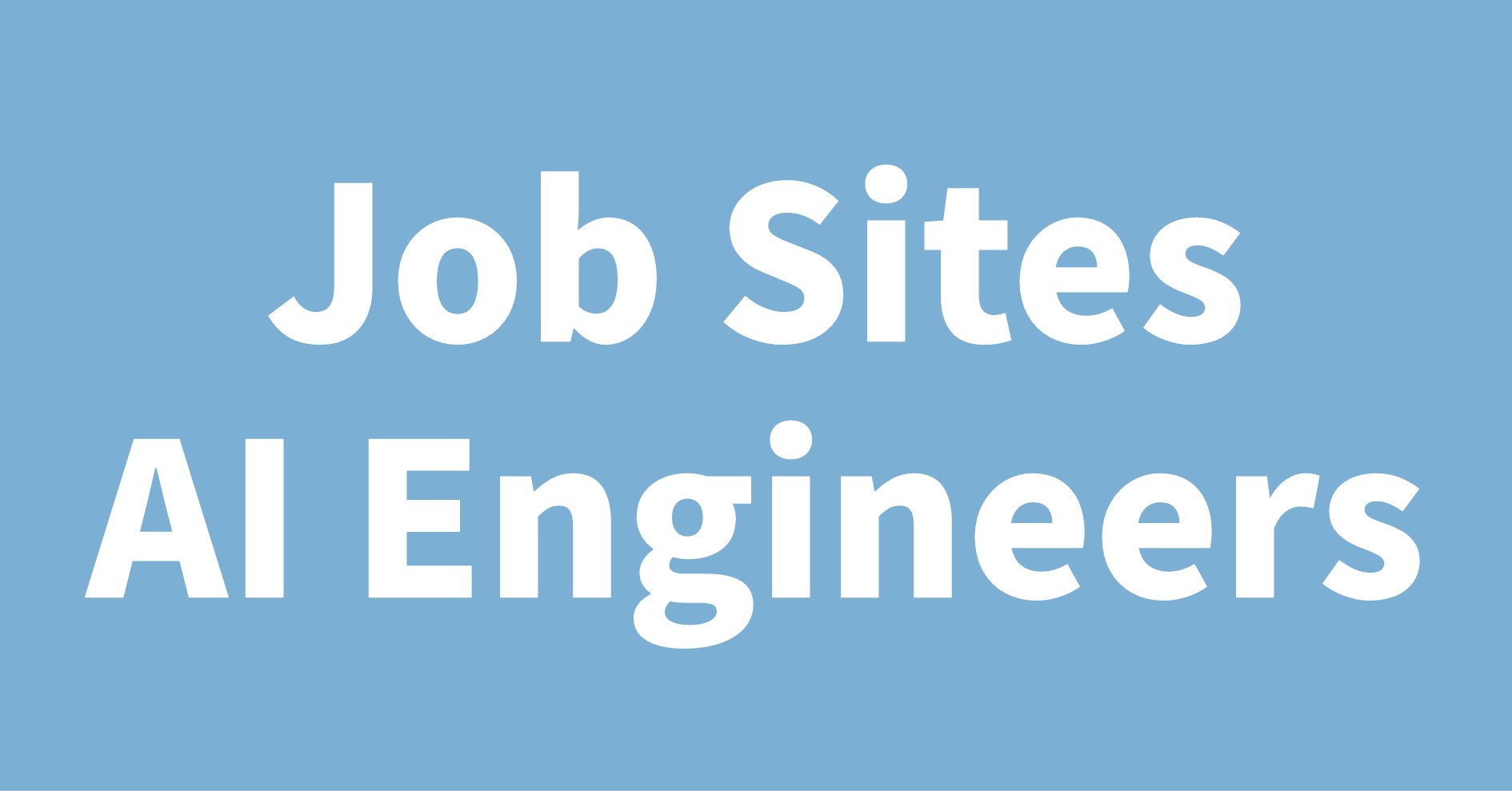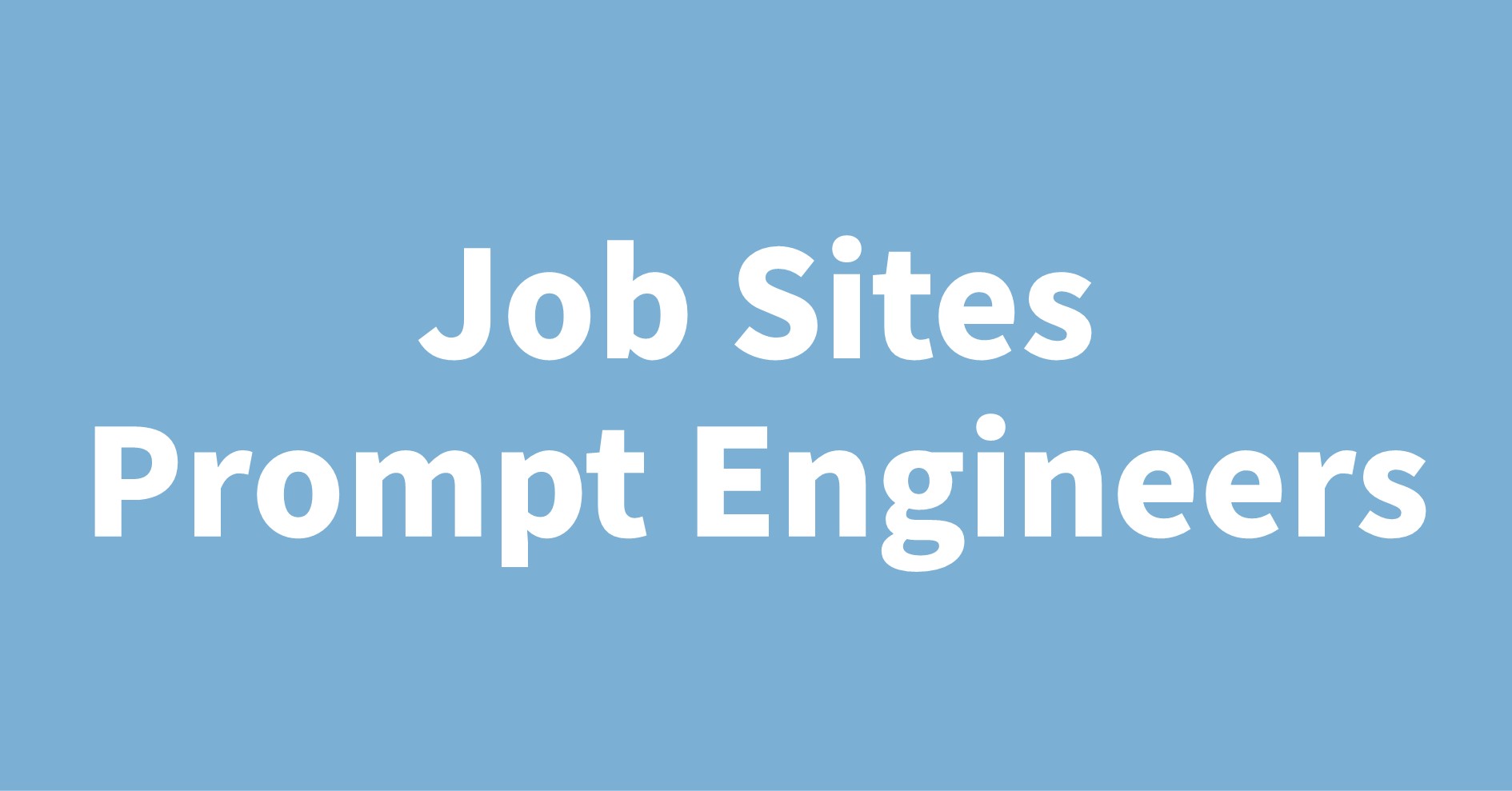
I would like to know AI guardrails!
Reliability of This Article
by Our Founder/CEO&CTO Hiroyuki Chishiro
- He has been involved in 12 years of research on real-time systems.
- He teaches OS (Linux kernel) in English at the University of Tokyo.
- From September 2012 to August 2013, he was a visiting researcher at the Department of Computer Science, the University of North Carolina at Chapel Hill (UNC), Chapel Hill, North Carolina, United States. He has been involved in research and development of real-time Linux in C language.
- He has experienced in more than 15 years of programming languages: C/C++, Python, Solidity/Vyper, Java, Ruby, Go, Rust, D, HTML/CSS/JS/PHP, MATLAB, Verse (UEFN), Assembler (x64, ARM).
- While a faculty member at the University of Tokyo, he developed the "Extension of LLVM Compiler" in C++ language and his own real-time OS "Mcube Kernel" in C language, which he published as open source on GitHub.
- In January 2020-Present, he is CTO of Guarantee Happiness LLC, Chapel Hill, North Carolina, United States, in charge of e-commerce site development and web/social network marketing. In June 2022-Present, he is CEO&CTO of Japanese Tar Heel, Inc. in Chapel Hill, North Carolina, United States.
- We have been engaged in disseminating useful information on AI and Crypto (Web3), and working on game development with Unreal Editor for Fortnite (UEFN).
- We have written more than 20 articles on AI including AI chatbots such as ChatGPT, Auto-GPT, Gemini (formerly Bard). He has experience in contract work as a prompt engineer, manager, and quality assurance (QA) for training ChatGPT/Gemini in several companies in San Francisco, United States (Silicon Valley in the broadest sense of the word).
- We have written more than 40 articles on cryptocurrency (including smart contract programming). He has experience as an outsourced translator of English articles on cryptocurrency into Japanese for a company in London, England.
- We have developed more than 10 games on UEFN and published on Fortnite (Fortnite, Fortnite.GG).
You can learn from us.
If you would like to know the recommended job sites for AI Engineers, please click the following.
If you would like to know the recommended job sites for Prompt Engineers, please click the following.
Table of Contents
What are AI Guardrails?
AI guardrails are constraints or safeguards that are put in place to keep AI systems safe, reliable, and behave as desired.
AI guardrails include both technical and ethical aspects.
They are designed to prevent AI from generating inappropriate output or creating unexpected risks.
AI guardrails are especially important for systems with broad applications, such as generative AI with large language models.
The following are examples of key AI guardrails.
- Content Filtering: Filtering features are in place to prevent AI from generating inappropriate or dangerous content (e.g., violence, discrimination, prejudice, etc.). For example, OpenAI's ChatGPT is designed to avoid information or advice that is harmful or dangerous to users.
- Compliance with Ethical and Legal Norms: Ethical standards are set during the development process to ensure that AI adheres to ethical and legal standards such as privacy protection and nondiscrimination. Developers also make adjustments to ensure that AI's behavior does not violate the law.
- Elimination of Bias: AI generates output based on training data, but if the data is biased, AI may also be biased. Therefore, efforts are made to eliminate bias as much as possible when training AI.
- Accountability and Transparency: As part of the guardrails, efforts are made to make AI's decision-making process understandable and transparent. This makes it easier for users to understand how AI output is generated and ensures trustworthiness.
- Safety Verification and Testing: Guardrails also include a process to test and ensure the safety of AI systems in a variety of scenarios before they are actually used. This is critical to prevent unexpected behavior.
- Feedback and Improvement Mechanisms: Part of guardrails is to incorporate mechanisms to obtain feedback from actual users and to quickly correct and improve the AI's output if it causes problems.
- Purpose-Specific Restrictions: Restricting AI to be used only for specific applications is also part of the guardrails. For example, medical diagnostic AI may be restricted from use in other domains.
Proper functioning of these AI guardrails will make the use of AI safer and more reliable for users.
AI Guardrail Explanatory Articles and Papers
The following are articles and papers describing AI guardrails.
- What are AI guardrails?
- Guardrails for avoiding harmful medical product recommendations and off-label promotion in generative AI models
AI Guardrails Explanatory Videos
AI Guardrails Explanatory Videos are as follows.
Representative Software/Models for Implementing AI Guardrails
Representative software/models for implementing AI guardrails are as follows.
The following articles and videos provide detailed information on how to use NeMo Guardrails.
Summary
We introduced "AI guardrails," constraints and safeguards that are put in place to ensure that AI systems remain safe, reliable, and behave as desired.
AI guardrails are very important for generative AI with large language models!
If you would like to know the recommended job sites for AI Engineers, please click the following.
If you would like to know the recommended job sites for Prompt Engineers, please click the following.

